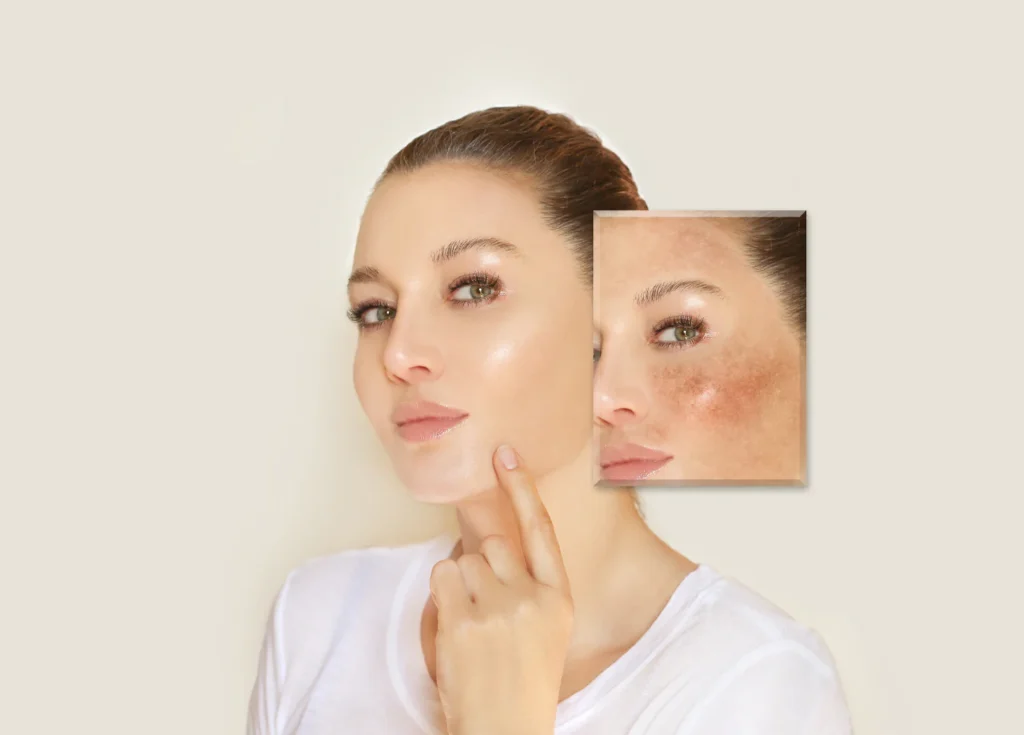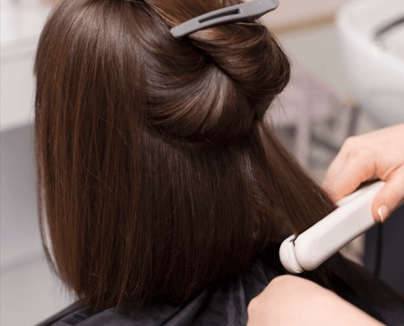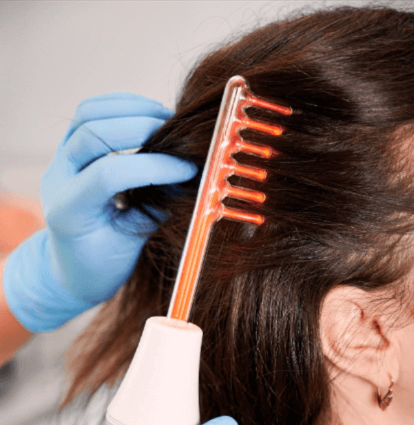Melasma is a chronic pigmentation disorder that often resists single-treatment approaches. In Korea, dermatology clinics are globally recognized for their advanced, multi-modal melasma treatment protocols that combine various therapies to target melanin production at multiple levels. This holistic, science-driven strategy has made Korea a preferred destination for both local and international patients battling stubborn melasma.
In this article, we’ll break down how Korean dermatologists combine treatments, why this approach is more effective, and what patients can expect during their care journey.
🌐 Why Single-Treatment Approaches Often Fail
Melasma has multiple triggers—hormonal changes, UV exposure, inflammation, and vascular sensitivity. Topical creams or laser therapy alone often fall short because they address only one aspect of the condition.
That’s why Korean dermatologists rarely rely on a one-size-fits-all approach. Instead, they use layered protocols tailored to the patient’s melasma type (epidermal, dermal, or mixed), skin tone, and response to inflammation.
🔬 The Korean Approach: Combining Treatments for Synergy
Korean dermatology clinics typically combine three to five treatment modalities across topical, oral, and device-based categories. Here’s how the synergy works:
1. Topical Creams to Suppress Pigment Production
These are the foundation of most protocols and help maintain results from other treatments.
- Tranexamic Acid (TXA): Topical TXA helps inhibit melanin production at the cellular level.
- Azelaic Acid: Anti-inflammatory and safe for sensitive skin.
- Niacinamide: Reduces pigmentation and improves barrier function.
- Tretinoin (post-inflammatory cases only): Stimulates skin turnover to fade pigment.
🏥 Clinics like MUSE and Oracle Skin Clinic often provide prescription compound creams tailored to the patient’s melasma type.
2. Oral Supplements or Medications
Used under strict medical supervision, oral agents complement topical treatments by reducing systemic pigmentation triggers.
- Oral Tranexamic Acid: Inhibits melanin production from inside the body. Prescribed in low doses over 2–3 months.
- Polypodium leucotomos (natural extract): Acts as an internal antioxidant and photoprotectant.
- Glutathione: Sometimes recommended for skin brightening, though results vary.
🚫 Not recommended during pregnancy or for patients with clotting disorders.
3. Laser & Light-Based Therapies
Energy-based devices help break up pigment deposits but must be carefully controlled to prevent rebound.
✅ Q-Switched Nd:YAG Laser (Low-Fluence Laser Toning)
- Safe for most skin tones
- Gently targets dermal and epidermal pigment
- Requires multiple sessions for visible results
✅ Pico Laser (e.g., PicoPlus, PicoSure)
- Delivers ultra-short pulses to shatter pigment without heat buildup
- Preferred for darker skin types and stubborn cases
✅ IPL (Intense Pulsed Light)
- Reserved for cases with vascular melasma
- Used cautiously to avoid post-inflammatory hyperpigmentation (PIH)
⚠️ Most clinics in Korea recommend lasers only after the skin barrier is stabilized with topicals and proper sun protection.
4. Mesotherapy or Skin Boosters
Some clinics offer melanin-inhibiting serums injected into the dermis using micro-needling or MTS (microneedle therapy systems).
- TXA + Vitamin C cocktails: Delivered directly into the skin for targeted effect
- PRP (Platelet-Rich Plasma): Used in select cases to reduce inflammation and support healing
5. Sun Protection Protocols
All treatment plans are built on rigorous sun protection, including:
- Physical sunscreens (SPF 50+/PA++++)
- Daily reapplication (every 2–3 hours)
- Avoiding direct sunlight after laser treatments
- Clinic-provided UV-protective skincare and oral antioxidants
🧬 How the Combination Improves Outcomes
| Benefit | Explanation |
|---|---|
| Multi-Layered Targeting | Combats pigment production, deposition, and inflammation from different angles |
| Lower Risk of Side Effects | Individual treatments use lower intensities, reducing risk of PIH |
| Longer-Lasting Results | Maintenance with topicals and oral agents reduces relapse rates |
| Customized to Skin Type | Korean dermatologists adjust settings based on Fitzpatrick type, sensitivity, and melasma subtype |
| Faster Visible Improvement | Laser + topical + oral = quicker reduction in discoloration |
📋 Example: Combined Melasma Protocol at a Korean Clinic
⭐ Banobagi Dermatology (Seoul) Sample 8-Week Plan
| Week | Treatment |
|---|---|
| 1 | VISIA Skin Analysis + topical TXA + sunscreen |
| 2 | Q-switched Nd:YAG (low fluence) + oral TXA |
| 3 | Mesotherapy with TXA + Vitamin C |
| 4 | Second laser session + LED soothing therapy |
| 5–8 | Maintenance: topical azelaic acid, oral antioxidant, strict SPF |
Patients receive a custom skincare kit and detailed at-home instructions.
🧳 For International Patients in Korea
Korea’s dermatology clinics are equipped to handle short-term medical tourists. Most clinics offer:
- Multilingual support (English, Chinese, Thai, etc.)
- Treatment packages for 1–2 week stays
- Follow-up options via telemedicine
- Tailored product recommendations to take home
Clinics such as Oracle, ME Clinic, MUSE Dermatology, and Renewme Skin Clinic are highly experienced in international melasma care.
🔑 Key Takeaways
- Melasma is best treated using a combination of topical, oral, and laser-based treatments.
- Korean dermatologists customize protocols based on melasma type, skin tone, and inflammatory risk.
- Combination therapy minimizes relapse, reduces treatment risks, and produces faster, more consistent results.
- International patients can access comprehensive care packages and high-tech treatment with safety-focused protocols.




